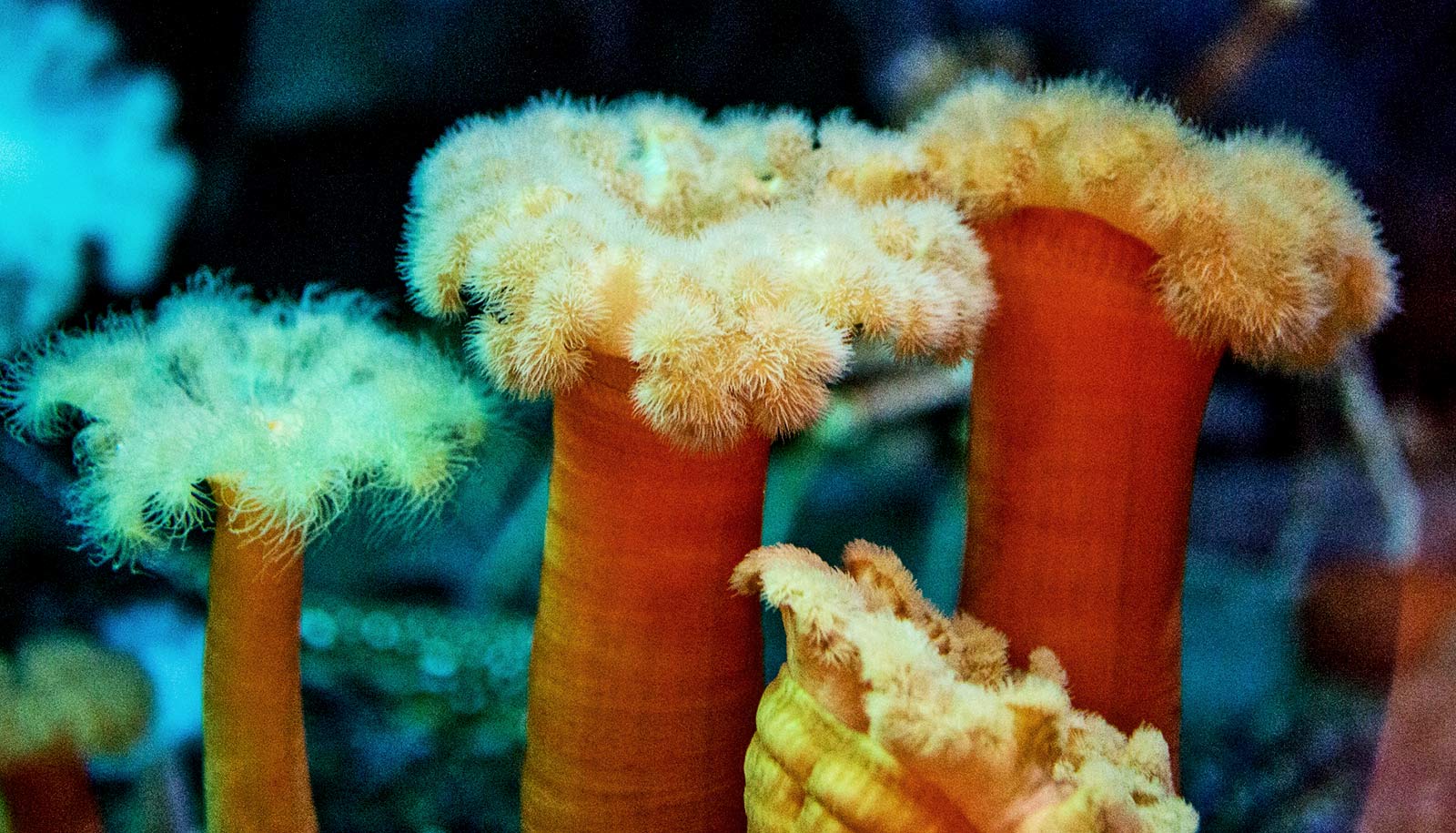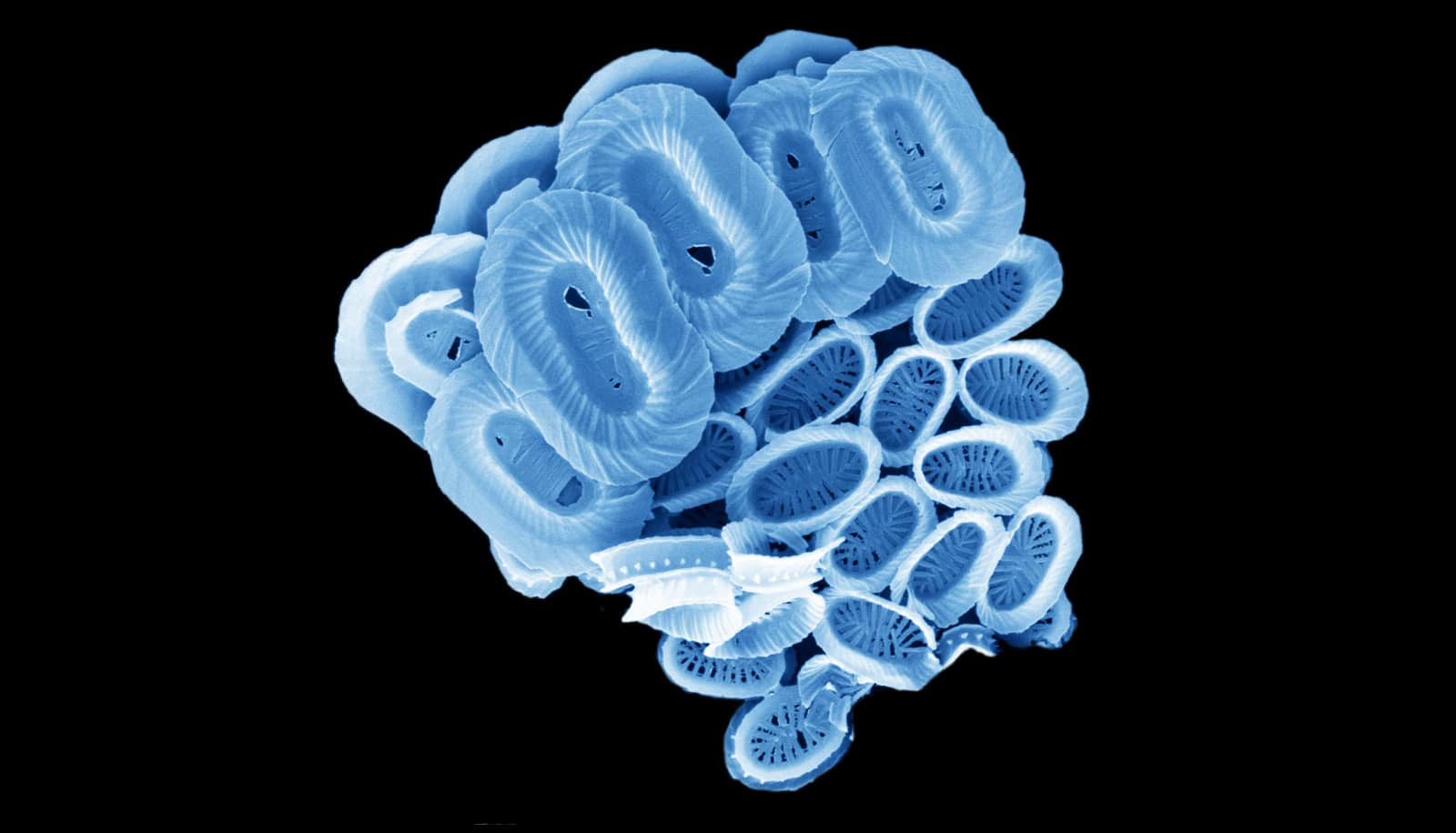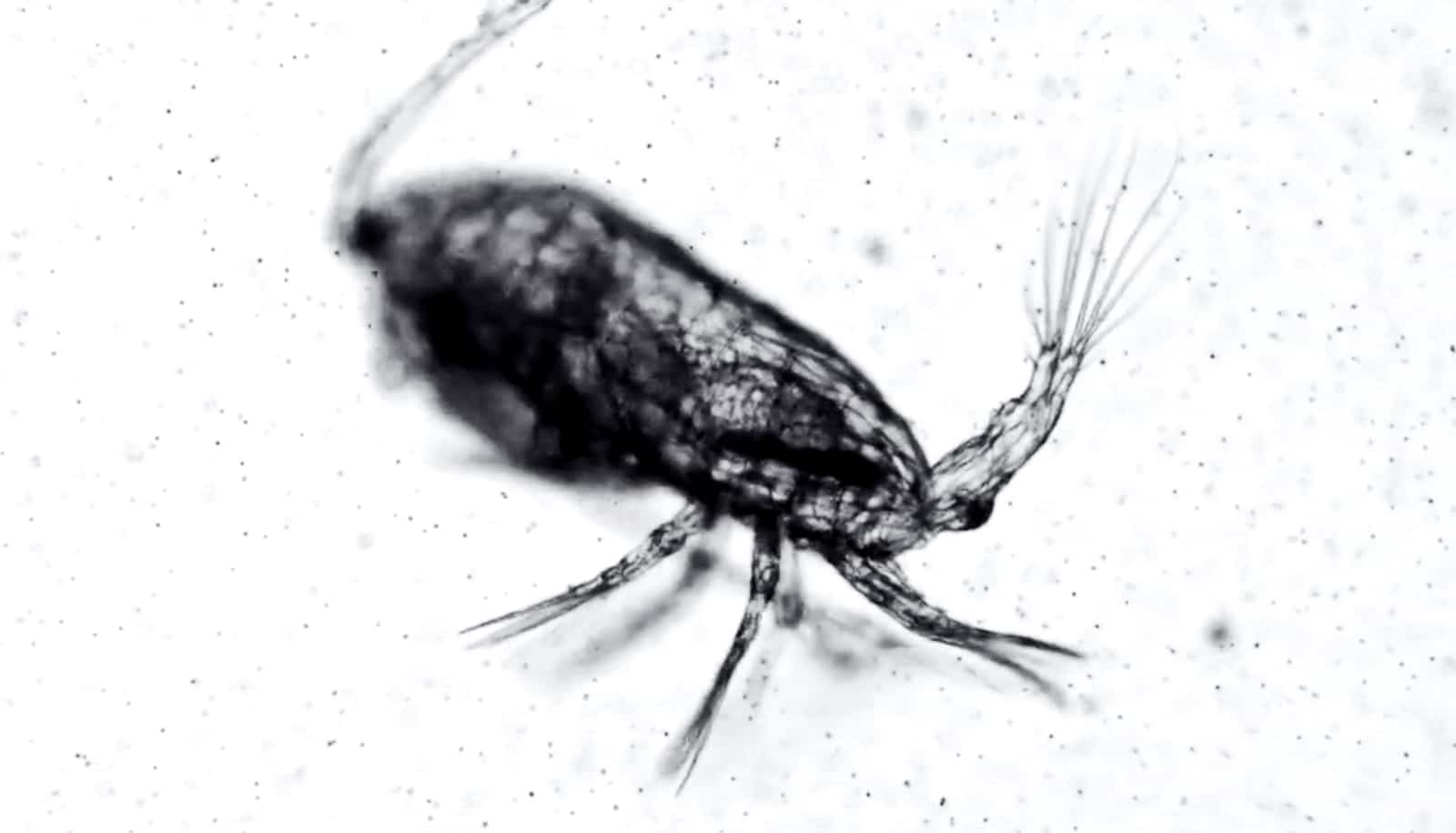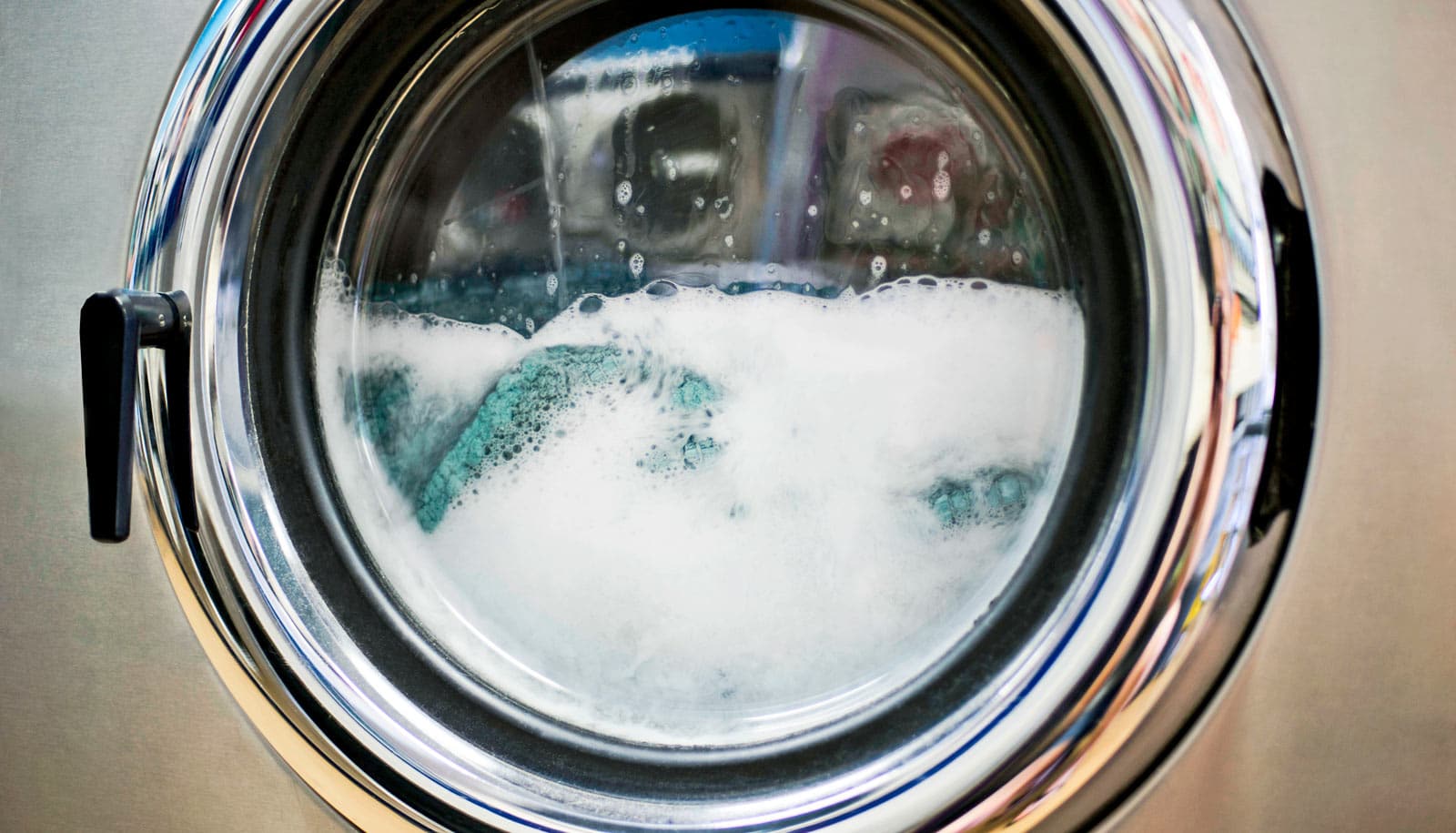A new study provides an in-depth look into the rich diversity of prey the giant plumrose anemone catches with its crown of tentacles.
The critter is an animal, but it looks a bit like an underwater cauliflower. Its body consists of a stalk-like column that attaches to rocks and other surfaces on one end, and to its tentacles on the other.
They use these feelers to collect and shove food into their mouths, including a surprising menu item: ants, specifically the pale-legged field ant, Lasius pallitarsis. And the occasional spider.
For the study in Environmental DNA, researchers focused on giant plumose anemones, known to scientists as Metridium farcimen, that were fixed to the sides and undersides of floating docks in the region of the San Juan Archipelago in the northwestern part of the state of Washington.
The team used a method called DNA metabarcoding to identify the gut contents of a dozen giant plumose anemones. The species’ diet was heavy on arthropods, especially crabs (presumably larvae, the researchers say), and also included barnacles (larvae or molts), copepods, and insects.
“We’ve greatly expanded the list of things we know that they eat. They’re eating whatever they can catch, whatever isn’t too big or too small, whatever can’t swim away,” says first author Christopher Wells, a postdoctoral researcher in the University at Buffalo geology department.
“One of the most surprising results is that in addition to all the usual suspects you’d find in marine plankton, we also found that a part of the diet, about 10% at the time of the study, consisted of ants, which are not marine.”
By digging into the natural history of the pale-legged field ant, the researchers came up with a possible explanation for how these ants became part of the marine food chain.
“It’s timed with the reproductive portion of the lifespan,” Wells says, noting that the study was conducted during the month of August, when the ants have mating flights. “They produce winged queens and drones, which mate and make new colonies. They’re not strong fliers and the wind pushes them around, potentially into the water.”
The team’s results indicate that giant plumose anemones also eat the occasional hapless spider, along with a few insects in addition to ants that may wander too close to the water’s edge and drown.
By extracting genetic material from a slushy mix of partially digested food, the researchers worked backward, comparing their results to information stored in databases about the DNA of varied organisms.
“Part of our research was using this method, DNA metabarcoding, and comparing it to traditional techniques where you wash out or cut open an anemone and then identify what you can see. The trouble is when you do that, you can’t identify everything,” Wells says.
“You might say, ‘That looks like it’s a copepod antenna,’ but you can’t tell what species it is. With DNA metabarcoding, you can identify what species’ antennae that is. We were able to identify a lot more diversity using metabarcoding.”
Knowing what an animal eats is indispensable when trying to understand how marine communities function.
“When a plankton community floats overtop a bed of anemones, the plankton is filtered by millions of grasping tentacles,” Wells says. “This can drastically change the composition of the plankton community, which is food for many economically important animals such as bivalves and fish.”
Anemones found in close proximity to one another had varied diets, but, “I don’t think that’s because they’re choosing different things to eat,” Wells says. “They eat what they can, and it’s very patchy what they get, depending on what’s there.”
While the researchers were able to identify many of the species preyed on by the giant plumose anemone, Gustav Paulay, curator of invertebrate zoology at the Florida Museum of Natural History, notes they were unable to match a substantial portion of DNA sequences with any known organisms, underscoring how much is left to be discovered in the oceans.
Wells conducted the study while completing a PhD at the University of Washington. Additional researchers are from the Florida Museum of Natural History, George Washington University, and the Smithsonian Tropical Research Institute.
The research was supported by the Robert T. Paine Experimental and Field Ecology Award Fellowship, Friday Harbor Laboratories Research Fellowship Endowment and Marine Science Fund, Patricia L. Dudley Endowment for Friday Harbor Laboratories, Richard and Megumi Strathmann Fellowship, and Kenneth P. Sebens Endowed Student Support Fund.
Source: University at Buffalo



